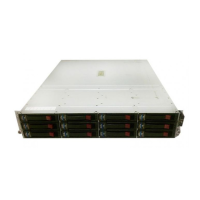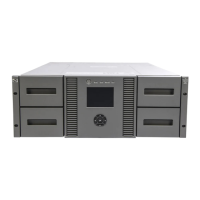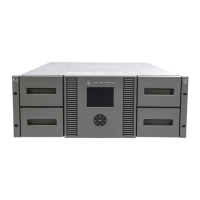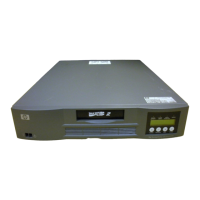External Storage XP user guide 13
1 External Storage XP for the XP12000/XP10000
Overview of connecting external disk arrays
External Storage XP is a product that realizes the virtualization of storage disk arrays. As you connect a
storage disk array other than an XP12000/XP10000 disk array (called an external disk array) to the local
XP12000/XP10000 disk array using a fibre interface, you can use External Storage XP to access the
external disk array as if it is part of the local XP12000/XP10000 disk array. You can create a “virtual”
disk array, and use Command View XP or XP Remote Web Console to easily administer and manage
petabytes of external address space via XP controllers.
External Storage XP supports external storage LDEVs of any standard XP emulation type, such as OPEN-3,
OPEN-8, OPEN-9, OPEN-L, OPEN-K, or OPEN-V.
With the help of host mirroring middleware, Auto LUN XP, or HP StorageWorks XP Tiered Storage
Manager, you can use External Storage XP for online or offline data migration, providing a point-in-time
copy of data between an external device and the XP12000/XP10000 disk array.
Flex Copy XP is another HP StorageWorks XP product that copies user data between an existing LU on an
XP12000/XP10000/XP1024/XP128 and an LU on an external storage device. For a detailed description
of Flex Copy XP, see the HP StorageWorks Flex Copy XP user guide.
NOTE: Currently only the XP12000/XP10000 disk array can be used as the local disk array with
External Storage XP.
External Storage XP features
External Storage XP is a product that realizes the virtualization of storage disk arrays. You can use External
Storage XP to access multiple storage disk arrays, including an XP12000/XP10000 disk array, as if they
are all in one storage disk array.
Once you connect the XP12000/XP10000 disk array and another kind of storage disk array using
External Storage XP, the system administrator can also use Command View XP or XP Remote Web Console
to manage the data space (but not necessarily the management of) for other storage disk arrays.
In this user guide, the original XP12000/XP10000 disk array is called the local disk array and the
connected storage disk array is called the external disk array. The volume managed in the local disk array
is called an internal XP LDEV, and the volume in an external disk array is called an external LU.
The following are External Storage XP features:
• By using External Storage XP to map an external LU as an internal XP LDEV, it is possible to manage the
external LU capacity using Command View XP or XP Remote Web Console as if it is a volume in the
XP12000/XP10000 local disk array.
Mapping means assigning XP12000/XP10000 Virtual Devices (VDEVs) and, consequently, Logical
Devices (LDEVs) and host port LUs to external LUs. If you map external LUs as internal
XP12000/XP10000 VDEVs, you can use Command View XP or XP Remote Web Console to then
assign the VDEV to an internal CU:LDEV and a port/LU address. This allows you to use an external LU
as if it were an LDEV in the local disk array.
NOTE: The phrases mapped as an internal LU and mapped as an internal XP LDEV should be
interpreted to mean that the external LU is specifically mapped into the XP12000/XP10000 as a
unique VDEV (Virtual Device), which is then associated with an XP12000/XP10000 CU:LDEV
(Control Unit:Logical Device), which is then typically associated with a unique host port/LU
combination. Since an XP12000/XP10000 LU number is only unique within the name space of a
host port (for example, CL1-A), references to “XP LU” should be interpreted as references to either
the unique port/LUN combination or the unique CU:LDEV combination.
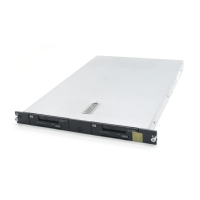
